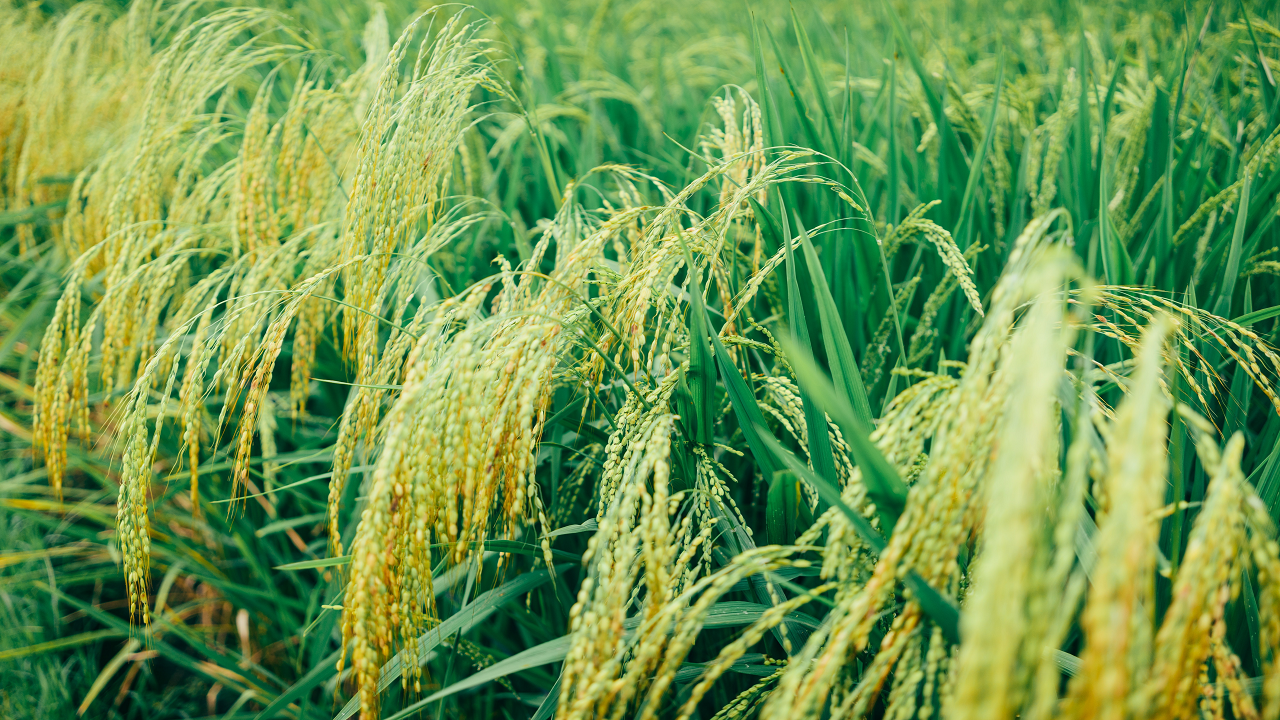
Earlier, Jharkhand including a few other Indian states like Bihar and West Bengal had chosen not to be a part of PMFBY. Now, Jharkhand may rejoin considering the PMFBY scheme for the upcoming Kharif season. The decision is driven by concerns over the impact of El Nino on monsoon rainfall and the previous experience of drought in two-thirds of the state. With a 64% rainfall deficiency in June, Jharkhand, a region prone to drought, is reevaluating its participation in the PMFBY.
The PMFBY introduced in 2016 has been implemented by 27 states and union territories over multiple seasons. However, certain states like Bihar, West Bengal, and Jharkhand opted out of the scheme after its initial implementation due to their own considerations, such as risk perception and financial constraints. While speaking to the media, the government officials said that it is crucial for states to test the scheme and experience its benefits firsthand during natural calamities in order to realize its value.
Last year, Jharkhand suffered from severe drought, prompting the state to request financial assistance of nearly 10,000 crores from the central government. This led them to reevaluate the benefits of the PMFBY and subsequently plan to rejoin the scheme. However, queries sent to the Ministry of Agriculture and Farmers Welfare regarding the matter have not yet been answered.
On a positive note, the Ministry's efforts have resulted in Andhra Pradesh rejoining the scheme in the 2022 Kharif season, and Punjab has also made a budget announcement to do the same. The PMFBY is available to all states and union territories on a voluntary basis, allowing them to consider their own risk perception and financial constraints. Similarly, farmers have the freedom to enrol themselves in the scheme based on their own risk perception.
According to an official, Jharkhand's expenditure on crop insurance is expected to be relatively low due to the state's significant forest and mining areas. The majority of the state's land is not dedicated to agriculture, with wheat, paddy, and maize being the primary crops grown during both the Kharif and Rabi seasons.
The estimated total subsidy for the state is around Rs 350-400 crores, with Rs 200 crores being the farmers' share and Rs 400 crores to be paid by the central government. The projected premium for Jharkhand under the PMFBY is approximately Rs 1,000 crores.
The premium rates under the scheme are determined through a bidding process. Farmers are required to pay a maximum of 2% for Kharif crops, 1.5% for Rabi food and oilseed crops, and 5% for commercial and horticultural crops. The remaining balance of the premium, which is actuarial or bidded, is shared equally between the central and state governments, with a 50:50 ratio and a 90:10 ratio for northeastern states since the Kharif 2020 season, as per the scheme's provisions.
The premium rates for crops depend on their associated risks, and the total liability of the state is influenced by factors such as the actuarial or bidded premium rate, sum insured of crops, insured area, and the number of crops notified by the state.
















